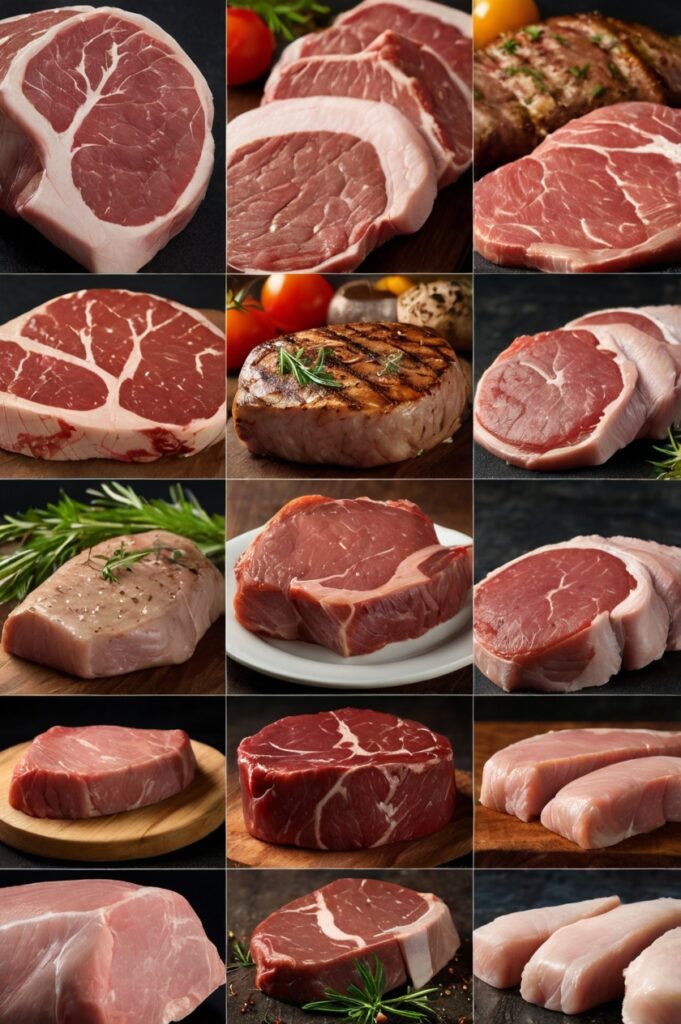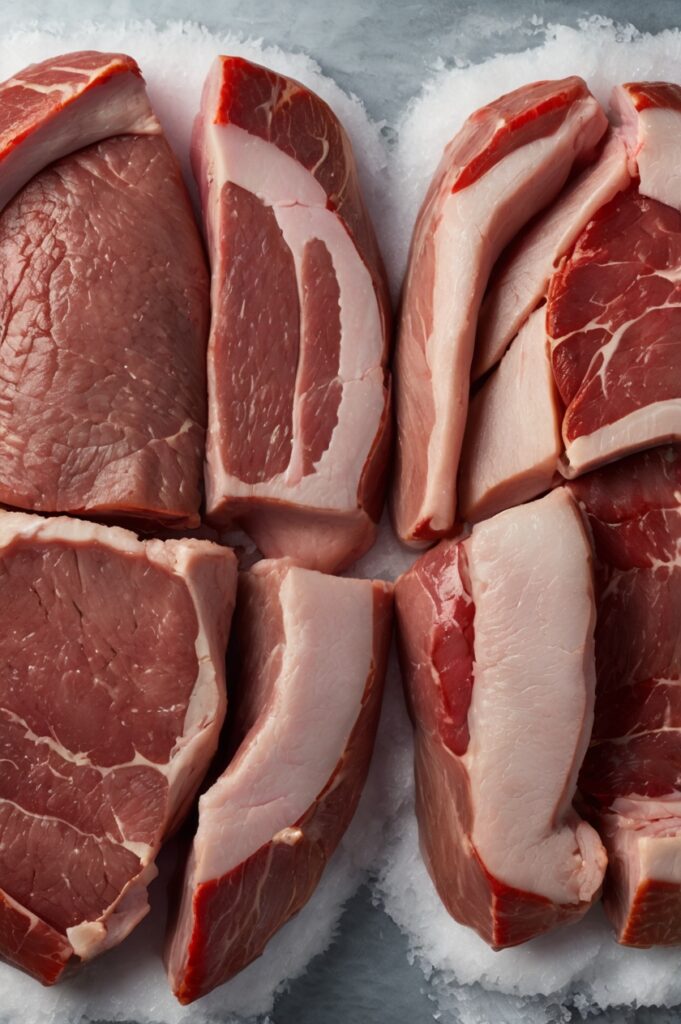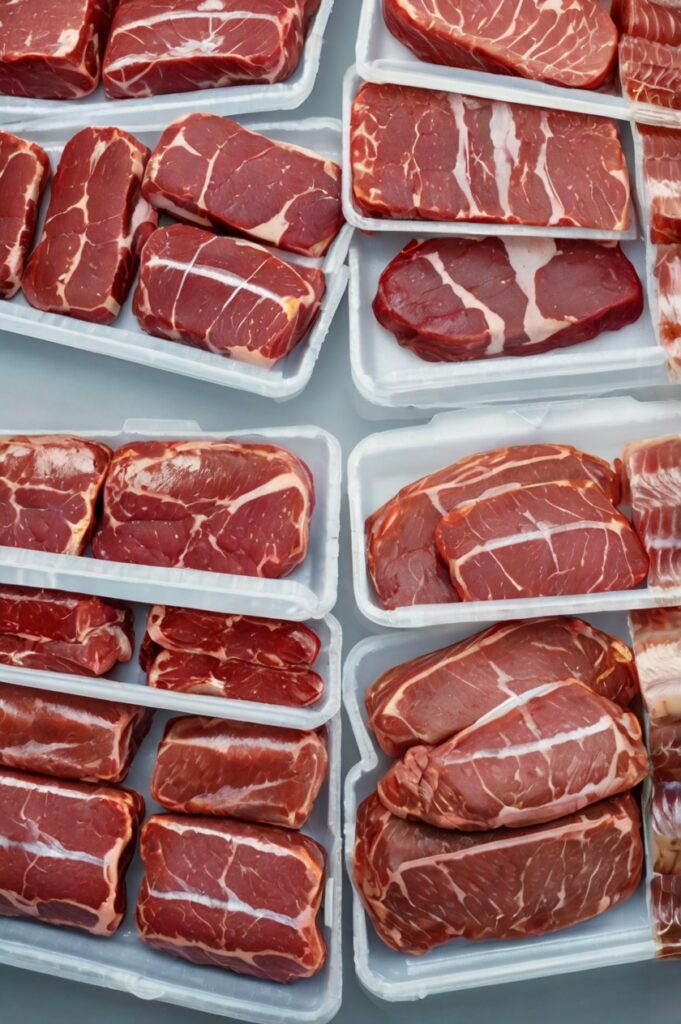Introduction to Frozen Meat
Frozen meat is a crucial component of modern diets, providing convenience, nutritional value, and a longer shelf life. Historically, freezing was developed as a method to preserve meat and extend its usability, starting in the late 19th century. Today, it remains a preferred choice for consumers and suppliers alike, ensuring high-quality meat products.

Types of Frozen Meat
Frozen meat comes in various forms, including beef, chicken, lamb, and pork. Each type undergoes specific freezing processes to maintain its flavor, texture, and nutritional benefits. Understanding the different types can help consumers make informed choices for their dietary needs.

Benefits of Frozen Meat
One of the primary advantages of frozen meat is its ability to retain freshness. Freezing halts bacterial growth and preserves essential nutrients. Additionally, it offers versatility for meal planning and reduces food waste, making it a smart choice for families.

The Freezing Process
The freezing process involves rapid cooling, which is essential for preserving meat quality. The best practices include flash freezing, which minimizes ice crystal formation and maintains texture. Understanding these processes can enhance the consumer’s appreciation of frozen meat products.

Global Market Trends
The global frozen meat market has seen significant growth, driven by increasing demand for convenience and quality. With advancements in freezing technology and distribution networks, consumers now have access to a wider range of frozen meat options.

Sustainability and Frozen Meat
Sustainability is becoming an essential aspect of the frozen meat industry. Many companies are adopting eco-friendly practices, from sourcing to packaging, to reduce their environmental footprint. This shift is vital for meeting the demands of environmentally conscious consumers.
